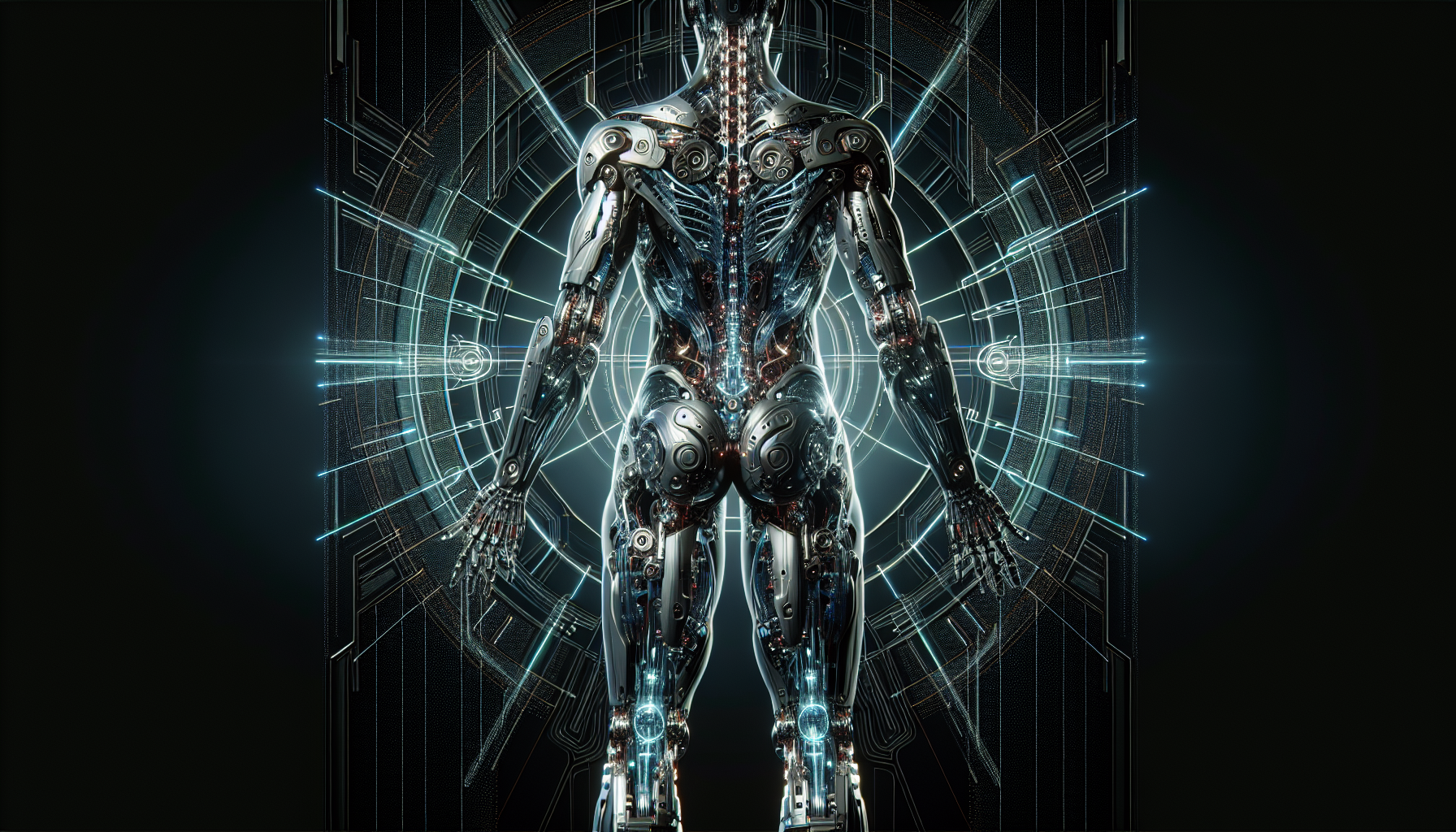Understanding Robotic Exoskeletons
What Are Robotic Exoskeletons?
Robotic exoskeletons are wearable robotic devices that enhance human movement. They are designed to fit around the body’s limbs, often offering assistance to those with physical disabilities or injuries. The technology allows users to regain mobility, improve their strength, and even augment their capabilities.
The Evolution of Exoskeleton Technology
The concept of exoskeletons isn’t new, as it traces back to the 1960s. Early iterations focused primarily on military applications. However, over the decades, advancements in materials, robotics, and artificial intelligence have transformed these devices into sophisticated tools. The late 20th and early 21st centuries saw rapid advances, particularly in medical fields.
Historical Milestones
In 2000, the first commercial exoskeleton, the LiftWare, was developed to assist individuals with mobility impairments. Fast forward to the 2010s, and companies like Ekso Bionics and ReWalk began producing devices aimed at rehabilitating spinal cord injury patients.
Current Innovations
Today’s robotic exoskeletons have improved significantly. They’re lightweight, intuitive, and equipped with advanced sensors that can read the intentions of the wearer. This allows for smoother, more natural movement.
Recent Breakthroughs in Exoskeleton Design
Adaptive Control Systems
One of the most exciting developments in exoskeleton technology is adaptive control systems. These smart systems use machine learning algorithms to observe the user’s movements and adjust the exoskeleton’s support accordingly.
Emotion Recognition
In a fascinating turn of events, researchers are now developing exoskeletons that can interpret the user’s emotional state. For instance, if a user feels fatigue or stress, the device can reduce its assistance level, allowing for a more comfortable experience.
Lightweight Materials
Traditionally, exoskeletons have been bulky and cumbersome. However, recent innovations in materials science have led to the creation of exoskeletons made from advanced composites and lightweight metals. These materials maintain strength while significantly reducing weight, making them easier to wear for longer periods.
The Role of 3D Printing
3D printing technology is another game-changer. Customizable exoskeletons can now be printed to fit an individual’s specific body measurements. This has not only streamlined the manufacturing process but also improved the comfort and effectiveness of the devices.
Applications in Rehabilitation
Rehabilitation in Hospitals
Robotic exoskeletons are now integrated into rehabilitation programs in hospitals. Physical therapists use these devices to assist patients in regaining mobility after strokes or surgeries. The feedback systems provide real-time data, helping therapists assess progress more accurately.
Home Use for Patients
More companies are now developing home-use exoskeletons. These models are designed to be user-friendly and allow individuals to engage in rehabilitation exercises from the comfort of their homes.
Gamification of Rehabilitation
Innovative rehabilitation devices increasingly incorporate gamified elements. Patients can play interactive games while wearing the exoskeleton, making therapy enjoyable and motivating. This approach encourages regular use and enhances recovery outcomes.
Military Applications
Enhancing Soldier Performance
The military has been one of the leading investors in exoskeleton technology, seeking to augment soldier capabilities on the battlefield. These devices can increase strength, endurance, and protect against fatigue in extreme conditions.
Exo-Suits for Heavy Lifting
Some military exoskeletons are designed specifically for heavy lifting. Known as “exo-suits,” these devices allow soldiers to carry heavier loads without additional strain, extending their range and effectiveness during missions.
Disaster Relief Efforts
Exoskeletons are also being researched for use in disaster relief scenarios. Imagine a rescue worker equipped with an exoskeleton aiding in lifting debris or moving injured individuals. That scenario is closer to reality than ever.
Challenges and Ethical Considerations
Balancing Performance and Safety
While the advancements in exoskeleton technology are remarkable, they also pose some challenges. Ensuring user safety is paramount. Designers must balance the exoskeleton’s performance capabilities with the need for safety, especially for vulnerable populations.
Accessibility and Affordability
Another challenge is ensuring that these technologies are accessible and affordable. High costs can limit the availability of exoskeletons, especially in underprivileged sectors. As companies strive to innovate, understanding how to reduce costs while maintaining performance quality will be vital.
Insurance Coverage and Regulation
Insurance coverage for medical exoskeletons is another complex issue. Many health insurance companies do not yet recognize exoskeletons as necessary medical equipment, which places an additional financial burden on patients and families. Advocacy for clearer regulations and coverage guidelines is essential in this emerging field.
The Future of Robotic Exoskeletons
Continued Advancements in AI
Looking ahead, further advancements in artificial intelligence will likely enhance the usability and functionality of exoskeletons. Predictive analytics could help these devices anticipate user movements more efficiently, allowing for even more intuitive interaction.
Social Acceptance and Integration
The future will also likely see a greater social acceptance of robotic exoskeletons. As more people witness the positive impact of these devices, acceptance will grow, potentially leading to more widespread use in both medical and non-medical settings.
Integration with Smart Home Technology
The concept of integrating exoskeletons with smart home technology could revolutionize how individuals with mobility challenges interact with their environments. Imagine an exoskeleton that could sync with a smart home system to assist with daily tasks, allowing more independence.
Summary of Key Points
Robotic exoskeletons have come a long way from their origins, demonstrating incredible potential in enhancing human capabilities, especially in rehabilitation and military applications. Breakthroughs in materials, AI, and design have led to lighter, smarter, and more effective devices. While challenges such as safety, cost, and regulation remain, the trajectory looks promising. As we continue to innovate and explore the ethical landscape, the possibilities for robotic exoskeletons seem truly limitless.
